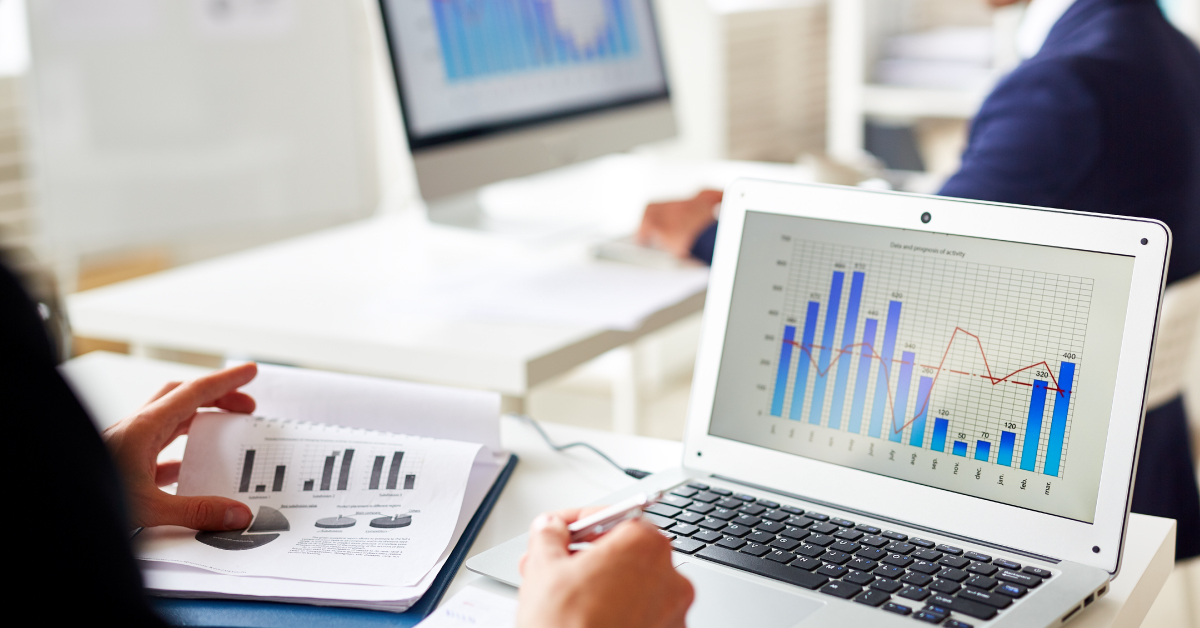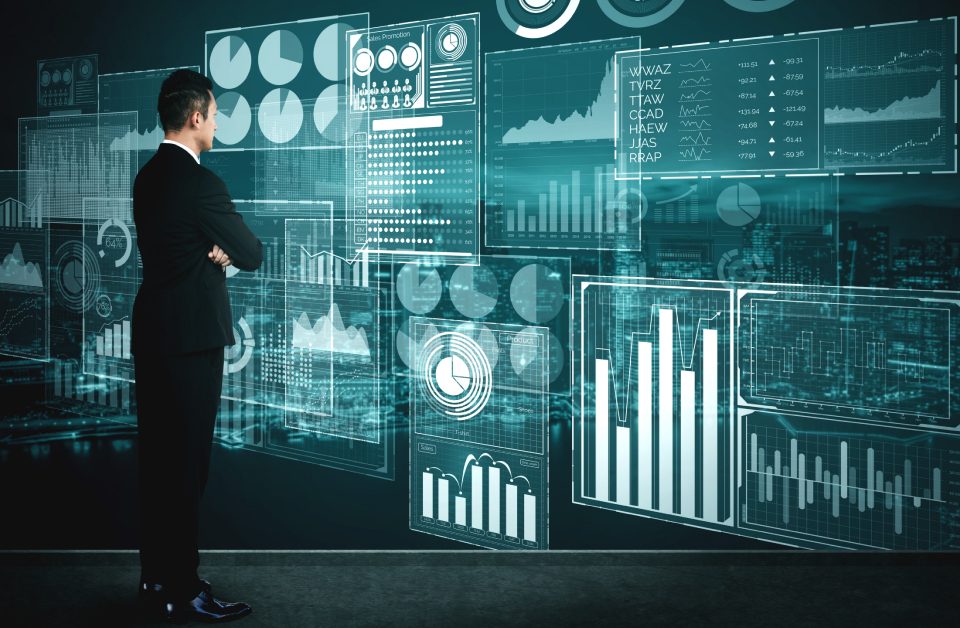DATA VISUALIZATION USING BI TOOLS
The Impact of Data Visualisation
Data visualization is in simple terms, the representation of data in a graphical format or through charts and other visual aids. Data visualization helps in grasping the correlation between data and in identifying new patterns. All kinds of data whether statistical or those on spreadsheets and reports are more comfortable to study and analyze through data visualization.
Why Data Visualisation is important
Data, when presented via graphs, charts, and other interactive visual systems are easier to understand because of the way the human brain transforms information. Data scientists and data analysts may be able to deduce patterns by poring over rows of spreadsheets. But getting these across in a meeting is much easier and faster through visualization.
With the arrival of Big Data, it is the need of the hour to interpret large batches of data easily and quickly. Data visualization is useful in any field you work in, be it, finance, marketing, tech, design, hospitality, human resources, or anything else, the need to visualize data is essential in every field.
Data visualization for business helps in identifying market trends and patterns. And it is also helpful in predicting the future of these trends. The information depicted visually works not only for statistical demands but even for complex systems like business process workflows or CRM (Customer Relationship Management) systems. Especially in today’s scenario, where COVID-19 has interrupted the daily workings of an organization and there is no direct interaction between the staff, going through numbers spread on a worksheet is time-taking and difficult to understand. But these numbers, when portrayed through visual communication aids, make it easy to comprehend and remember.
Today, data scientists and analysts are expected to respond to issues more rapidly. They are required to be able to dig for more insights; look at data differently, more imaginatively. Data visualization will promote this data exploration that helps capture the idea.
Business Intelligence (BI):
Business Intelligence (BI) refers to the technologies, applications, and practices for the collection, integration, analysis, and presentation of business information to uphold better business determination-making.
BI tools are the different software used to gather, process, analyze, and visualize large volumes of past, current, and future data to generate actionable business insights, create interactive reports and simplify the decision-making process.
Benefits of BI Tools:
– They bring together all relevant data like ERPs, CRMs, APIs, databases, and more.
– Business users can take advantage of predictions by integrations of forecast engines by generating insights for future scenarios that will help in adjusting current strategies to deliver the best possible results.
– Elimination of manual tasks: the traditional spreadsheets and static presentations are replaced by modern software facilitating automation by updating your business KPI dashboard with real-time data.
– BI platforms enable faster planning, analysis, and reporting processes.
– This software can scale or descale according to the specific needs of the company, providing a full SAAS BI experience. Besides, since the data is stored on the cloud, the businesses can have non-stop access to the software – at service, 24/7/365.
The following are some BI tools for Data Visualization :
1.BIRST:
It connects the entire organization through a network of interwoven virtualized BI instances based on a common analytical idea. It can be used in the public cloud, in AWS, or on-premise as a virtual appliance. The limitations are that it does not support complex data models.
2. MICROSOFT POWER BI:
A suite of business analytics devices that run mostly on Azure and connects to hundreds of data sources reduce data prep, and drive ad hoc analysis and can be run on-premise. It is noticed for its ease of use and provides business users with a variety of tools for visualizing, analyzing and reporting the data.
3.DOMO:
DOMO unites a large variety of data connectors, an ETL system, a unified data store, a selection of visualizations, integrated social media, and reporting into one online BI tool. It is a perfect and capable BI system. The cons are that it is harder to learn and more expensive than other devices.
4. SALESFORCE EINSTEIN ANALYTICS:
Gives you a clear understanding of your Salesforce data, helping to highlight critical performance trends and criteria. It lets you build custom interactive visualizations, dashboards, and analysis with integrated self-service data preparation using Salesforce and Non-Salesforce data. It also offers specialized apps for sales services, B2B marketing, and AI-assisted discovery.
5.MICROSTRATEGY:
Combining self-service visual data discovery and analytics with enterprise analytics. Micro-Strategy is suitable for large-scale systems of record.It is a suite of applications that offers features such as Data Visualization, Embedded BI ,Reports and statements. Microstrategy can be connected with all types of data ranging from big data to social media data.
6. QLIK SENSE:
Qlik Sense offers governed data discovery, agile analytics, and BI. It uses a scalable, associative, in-memory engine that can also be used as a data mart and is the perfect analytics tool to create a data-driven enterprise that enables scaling across the cloud.
7.SAS VISUAL ANALYTICS:
SAS is an enterprise known for its data science and statistical analysis products. SAS Visual Analytics provides interactive reporting, visual discovery, self-service analytics, scalability, and governance, using an in-memory environment and includes predictive analysis.
8.SISENSE:
Sisense is an integrated, end-to-end analytics and BI platform, built on an in-memory columnar database, offering visual data exploration, dashboards, and embedded advanced analytics features.
9.TABLEAU:
Tableau is an analytics platform as a service with intense visible data discovery in the form of dashboards and worksheets.It includes Data Blending, Real Time Analytics and Collaboration. Tableau is ideal for working with Big Data and can be used without any coding knowledge.
10.THOUGHT SPOT:
This features a search-based approach to visual analytics and the ability to integrate, prepare, and search billions of rows and vast amounts of data and claims it can respond in seconds to searches of billions of rows. Thoughtspot offers data security, system monitoring and collaboration between many users.
Data Visualisation is the visual summary of data generated and helps organisations leverage necessary insights from their data. Without it , an organisation loses out on important insights that can enhance their decision making. Reach out to us at sales@ndz.co for expert advice on Data Visualisation and Business Intelligence Tools.




